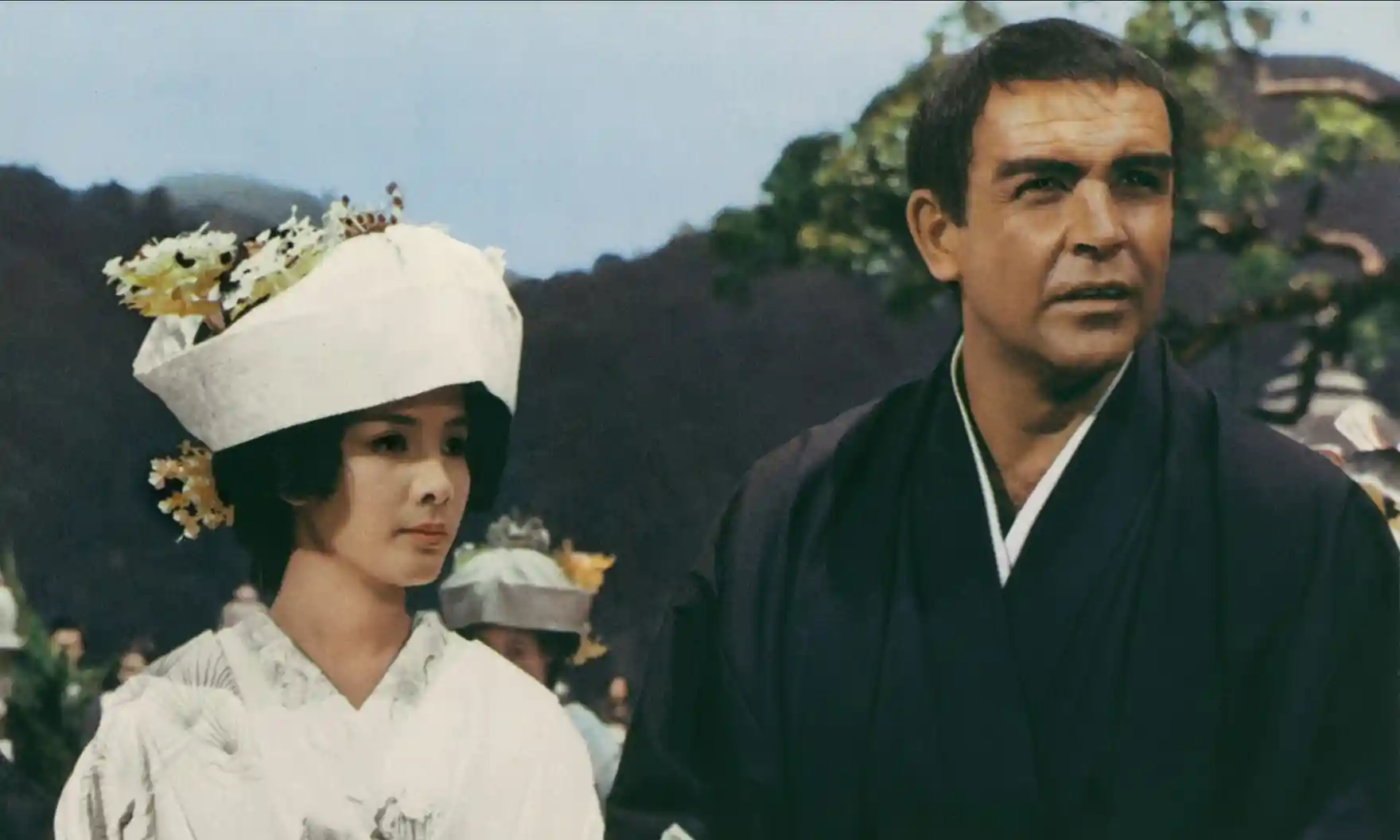Ryan Hu (10) | STAFF REPORTER
In 1967, the fifth James Bond film was released. You Only Live Twice was noteworthy for being the first Bond film to be set in an East Asian country. In order to escape from the movie’s villains, Bond disguises as a Japanese man by putting on some bushy eyebrows and taping his eyes back. While the film has not aged well in its effects and action, it also has not aged well in its casual racism. Perhaps it is no wonder that the script for the movie was written by British children’s literature author Roald Dahl, later known for his racist comments. While the sixties were undoubtedly a different era for film and books, nowadays the issue of cultural appropriation is given much more consideration. The film industry has always used other cultures to create unique stories, but to what extent does an interest in foreign cultures become offensive?
While You Only Live Twice was the first Bond film to be set in Japan, the West’s fascination with Japan goes much further back. After Japan was forcibly opened up trade by the US in the 1850s, European artists were influenced by traditional Japanese art in a movement and coined as the French term “Japonisme”. Japanese woodblock prints became a source of inspiration for many European impressionists, like Monet and Van Gogh, while Japanese decorative arts were displayed to millions during the world fairs of the time. The Mikado, a British play from 1885 fictionally set in Japan, became the most successful Savoy opera of all time and is one of the most frequently staged pieces in history.
In recent years, however, The Mikado has faced mounting criticism for their use of Japanese costumes and yellowface on white actors, which is better known as cultural appropriation. This would not be a pressing issue if Japanese actors were used, but many productions still have white actors playing other ethncities. The play’s nonsensical, fake-Japanese character names are often cited by the criticism.
Furthermore, the play capitalised on a culture whose aesthetic was in vogue, and at the time of its release there existed an exhibition of Japanese culture in London. Apart from that, there did not appear to be a significant reason for the play’s Japanese setting. The play’s playwright, W.S. Gilbert, collaborated with Japanese artisans of the Japanese Village to make props. He also asked them to train his British actors on Japanese mannerisms. Clearly, Gilbert wanted to replicate Japanese culture as closely as possible (except for the fake character names). However, despite the original production’s authenticity, Japan itself is rarely mentioned in the play. The main purpose of The Mikado is to satirise British society; its Japanese setting bears virtually no significance in the story.
More than a century later, a second wave of Western interest in Japan took hold as Japanese manga and anime reached mainstream popularity in America. The original 1995 anime adaptation of Ghost in the Shell, a sci-fi manga set in a future Japan, was a major influence on the 1999 Hollywood movie The Matrix. In 2017, a live-action Hollywood production of Ghost in the Shell casted its main Japanese protagonist as Scarlett Johansson. This choice understandably brought accusations of Hollywood whitewashing and cultural appropriation from groups like the Media Action Network for Asian Americans (MANAA). However, unlike The Mikado, which uses its traditional Japanese setting to the fullest, Ghost in the Shell’s globalist future makes borrowings from contemporary Japan minimally. The movie’s cyberpunk aesthetic blends East and West, and its story could realistically be set in any modern city. Even in current-day Japan there are concerns that the country’s cityscapes have become too generic. In fact, the movie was filmed in New Zealand.
These are two examples of the West’s borrowing of Japanese culture; both had white actors for ethnically Japanese characters, both were created with a degree of respect to their source material, and both have faced accusations of cultural appropriation. For both these productions, the only place where Japanese culture has been modified is with their actors. However, while The Mikado was first produced in a time and place in which white British actors were likely the only option, Ghost in the Shell was well past that age. Since the era of James Bond, Hollywood has prohibited blackface, but whitewashing has still existed for other races. On the other hand, the motivation for a Japanese setting in these cases amounted beyond capitalism; they were driven by genuine appreciation for their source material. Both Ghost in the Shell and The Mikado use their Japanese settings to reflect on society in a meaningful way, with respect paid to the culture they borrow. However, because of what they’ve done with their characters, they have unfortunately been tainted by cultural appropriation.



